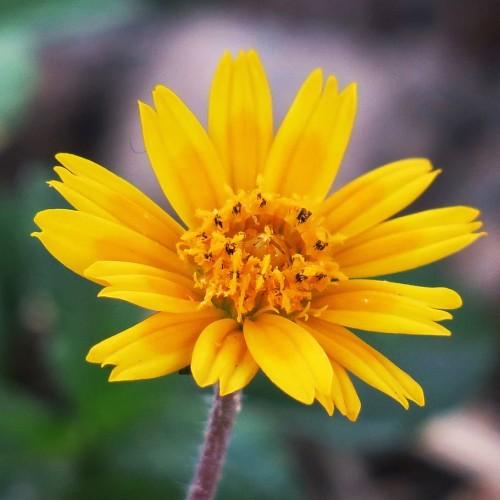
Woodland Tarweed
Anisocarpus madioides
Watering:
Average
Hardiness Zone:
Flowers:
Flowers
Sun:
full sun,part sun/part shade
Soil:
Clay, Sand, Loam
Leaf:
Yes
Growth Rate:
Low
Drought Tolerant:
Yes
Salt Tolerant:
Yes
Invasive:
Yes
watering
Woodland Angelica should be watered once a week, providing as much water as necessary to keep the soil consistently moist. Water should be applied to the soil, rather than directly to the leaves, to prevent fungal problems. Water should be adequate to moisten the entire root zone, which is generally 6-8 inches deep for this species.
sunlight
Woodland Angelica (Angelica sylvestris) requires 6-7 hours of direct sunlight a day. For optimal growth, it should be placed in a spot with full sun in the morning, and partial shade in the afternoon. This will help protect the plant from the intense heat of the summer months, and help keep it from drying out and wilting. When the sun is at its strongest, the plant will benefit from having indirect light or some kind of protection from direct sun.
pruning
Remove the spent flowers as they die back will also help create a more unified appearance. To do this, simply pinch the stem of the spent bloom at its base where it meets the rest of the stem. For larger clumps of Woodland Angelica, selective pruning is recommended. This involves selectively removing the taller, thicker stems to let more light reach the interior of the plant. Additionally, cutting back the entire clump to 1-third of its size during the growing season will also help to produce a healthier, bushier habit. This will also encourage new growth and an extended blooming period. Proper pruning of Woodland Angelica can help keep it looking beautiful and healthy all year round.
